Secret to Creating Shade In Your Yard
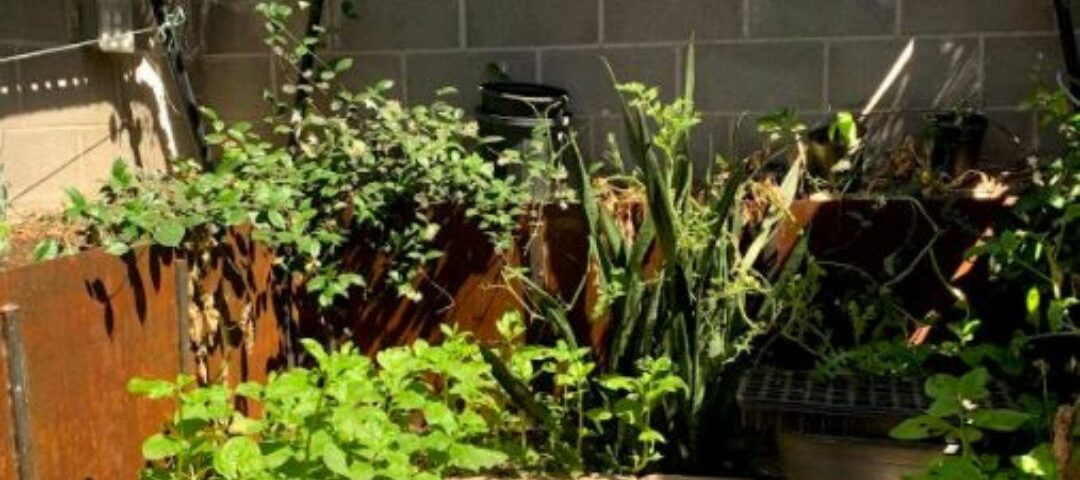
One of the most effective ways to shape a microclimate in your yard is by strategically planting fruit trees. By using trees to create shade, you can protect delicate plants and extend the growing season for crops like lettuce and leafy greens, making year-round gardening possible.
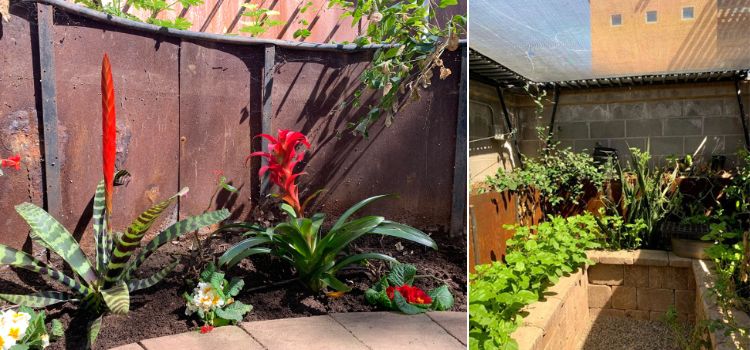
Using Fruit Trees to Build a Cooler Microclimate
For those looking to cultivate greens throughout the year, an E microclimate—represented by the color blue—is ideal. This microclimate offers filtered light, which is perfect for shade-loving plants. Deciduous fruit trees such as peaches, nectarines, plums, and apricots work exceptionally well in this setup.
During summer, their lush canopy provides protective shade, helping cool-sensitive plants thrive. Then in fall, as they shed their leaves, the space beneath transforms into a B microclimate (full sun)—creating the perfect conditions for growing winter crops. This seasonal shift allows gardeners to maximize their planting potential year-round.
Fruit Trees and Neighborhood Etiquette
Growing fruit trees can be incredibly rewarding, but they might also attract the attention of curious neighbors. While it’s great to recognize ripe fruit, it’s important to remember that fruit growing in someone else’s yard belongs to them.
However, if branches extend over your fence into your property, that fruit legally belongs to you. You also have the right to trim those branches, but approaching the situation with good neighborly communication is recommended. If your tree overhangs into a neighbor’s yard, consider discussing how they should handle any fruit or branches on their side.
Subterranean Trampoline Gardens: A Unique Shade Solution
One of the most innovative ways to create shade is a subterranean trampoline garden. This setup involves a 7-foot-deep garden with raised beds lining the edges, leaving a central shaded area that serves as a relaxing retreat.
This underground space offers consistent shade, making it ideal for growing indoor plants while doubling as a peaceful spot for reading, meditating, or simply unwinding. Plus, it’s a dual-purpose structure—while others jump on the trampoline above, you can work in your shaded garden below without disturbance.
Optimize Your Yard with Microclimate Mapping
Creating intentional microclimates can transform your garden and help plants thrive in any season. If you’re ready to map out the microclimates in your yard and discover what grows best in each area, schedule a consultation at https://agriscaping.com/professional-landscape-service.
By strategically designing shade zones, you can enhance plant health, increase garden productivity, and create a more enjoyable outdoor space.

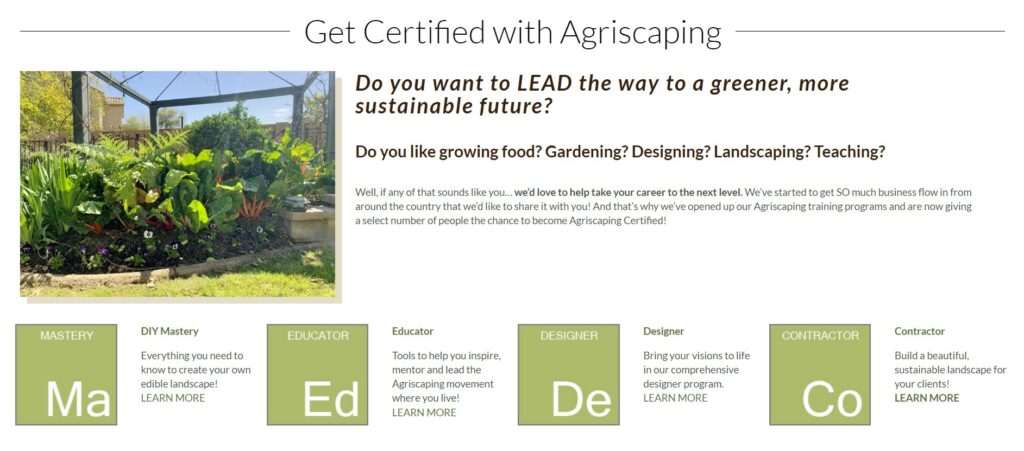
Read Our Latest Posts…
- Start the New Year with a Thriving Edible Landscape
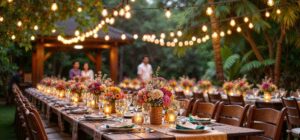 Expert tips for desert gardening, from plant zoning and efficient irrigation to soil care and agriscaping for a sustainable landscape.
Expert tips for desert gardening, from plant zoning and efficient irrigation to soil care and agriscaping for a sustainable landscape. - Understanding Freeze Pruning
 Expert tips for desert gardening, from plant zoning and efficient irrigation to soil care and agriscaping for a sustainable landscape.
Expert tips for desert gardening, from plant zoning and efficient irrigation to soil care and agriscaping for a sustainable landscape. - A Garden-Fresh Christmas: Agriscaping Tips for a Festive and Sustainable Holiday
 Expert tips for desert gardening, from plant zoning and efficient irrigation to soil care and agriscaping for a sustainable landscape.
Expert tips for desert gardening, from plant zoning and efficient irrigation to soil care and agriscaping for a sustainable landscape. - 7 Garden Design Themes for Your Elegant Edible Landscape
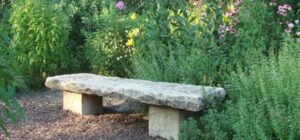 Expert tips for desert gardening, from plant zoning and efficient irrigation to soil care and agriscaping for a sustainable landscape.
Expert tips for desert gardening, from plant zoning and efficient irrigation to soil care and agriscaping for a sustainable landscape. - Subterranean Trampoline Gardens: A Hidden Oasis for Growing and Playing
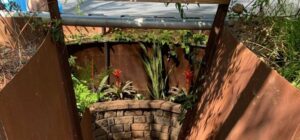 Expert tips for desert gardening, from plant zoning and efficient irrigation to soil care and agriscaping for a sustainable landscape.
Expert tips for desert gardening, from plant zoning and efficient irrigation to soil care and agriscaping for a sustainable landscape.
